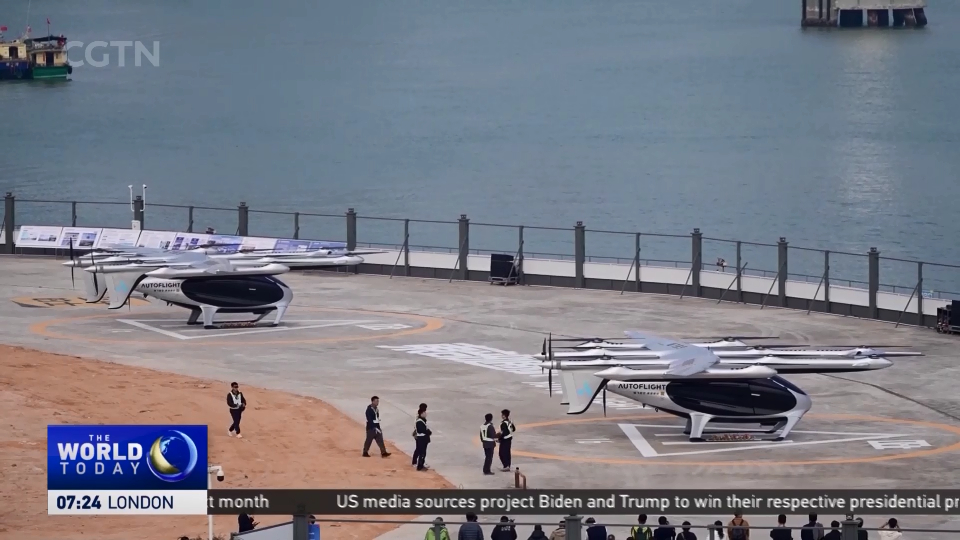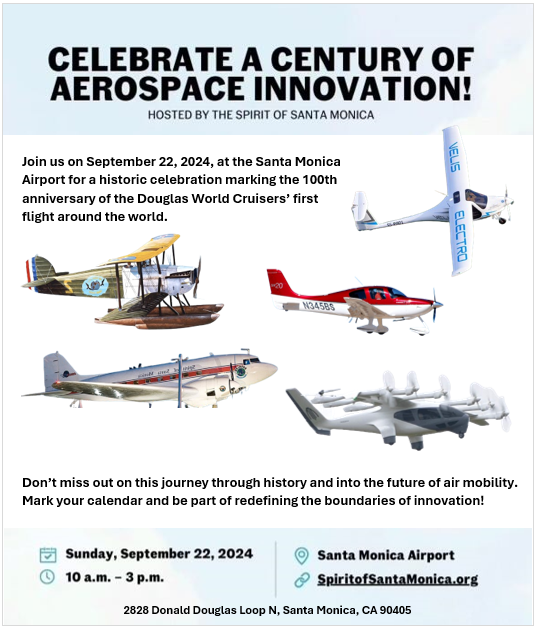A three-hour trip, trimmed down to a mere twenty minutes. That’s the future of regional transport, after the world’s first public eVTOL flight took off in south China. Aviation firm AutoFlight had its unmanned electric vertical take-off and landing aircraft fly between Shenzhen and Zhuhai – making the maiden flight to be the first cross-city and cross-sea journey globally. CGTN’s Omar Khan has more on this historic flight.
OMAR KHAN Shenzhen, Guangdong Province “No pilot or driver, no wheels, red lights and stop signs. An open sky that has no boundaries up to a certain altitude. This is the future of local and regional travel – eVTOLs taking to the skies and making our commute and travel that much more convenient.”
Flying taxis are seemingly the next breakthrough innovation that consumers will have access to.
This comes as Chinese aviation firm AutoFlight conducted its first public eVTOL flight across the Pearl River Delta in south China. Known as the “low-altitude economy,” the future bodes well for the industry in the Greater Bay Area, home to nearly 90 million residents.
XIE JIA Senior Vice President, AutoFlight “You look at the sky, there’s not many aircraft. The sky is a natural resource, and we haven’t really started using it. In the future when you imagine there are thousands of these EVTOLs flying, and accordingly with digital infrastructure managed well and safely, in this case it can bring a whole new level of transportation to the general public.”
The pioneering moment comes with much to celebrate – green aviation, avoiding congested roads and most importantly, shorter travel time. But the foundation for this new form of airborne travel relies on regulations and policy frameworks that ensure safety comes first.
LI JIAN Former Deputy Director, Civil Aviation Administration of China “More than 200 documents have been issued from seven ministries to provincial and municipal governments, all of which are policies that support the industry you mentioned. I believe that such a follow-up course will further promote the development of the industry. There are many standardized policies in our aviation industry, which are formed through the process of implementation. Some policies have yet to mature, and are lagging, therefore they are gradually being upgraded and revised.”
Having turned a three-hour journey into a 20-minute flight – one may ask, well, what’s next?
Accessibility, pricing, and most important, mass commercialization – all require a timeline and specifics for this industry to reach its full potential.
AutoFlight is not alone, with companies like EHang also a key player in the Chinese low altitude economy, while international innovators push forward healthy competition.
And with one projection saying the industry is set to contribute nearly 500 billion U.S. dollars to the Chinese economy by next year, policymakers and provincial transport authorities are already taking steps to welcome this ultra-modern form of travel. Omar Khan, CGTN, Shenzhen.













